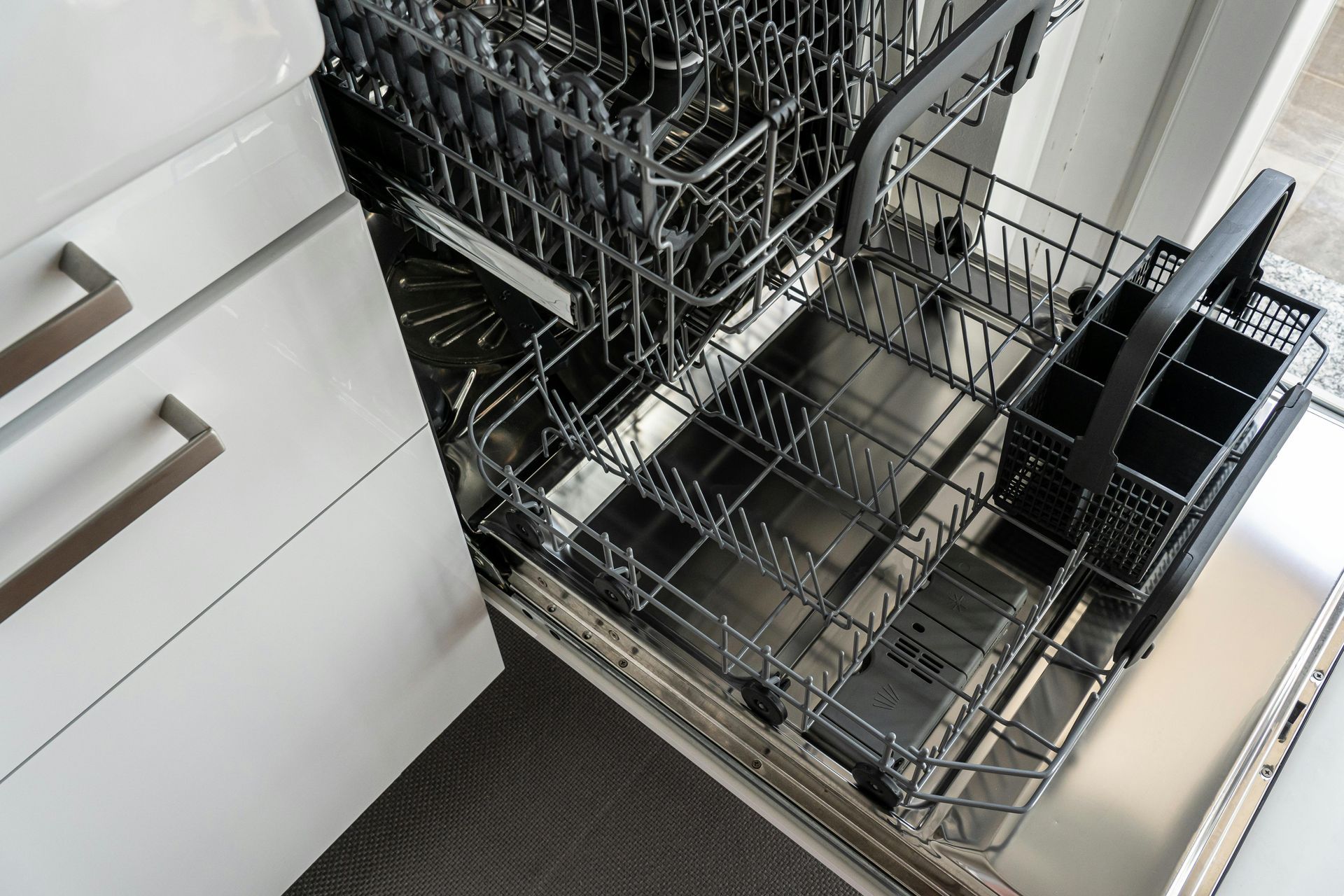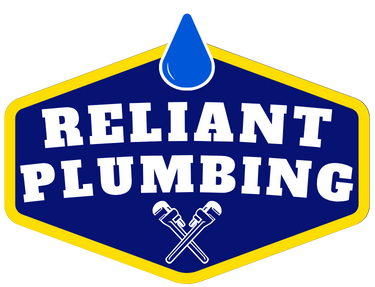
🍽️ Dishwasher Installations: Why Plumbing Setup Matters
Proper plumbing can make or break your dishwasher's performance—and prevent leaks, clogs, or costly damage.

Introduction
Installing a dishwasher might seem straightforward, but the plumbing connections behind the scenes are where things can go seriously wrong. Whether you're replacing an old unit or adding one for the first time, proper installation is key to keeping your kitchen dry, efficient, and problem-free.
This guide covers what goes into a successful dishwasher installation, why it matters for Cambridge homes, and when it's best to call a licensed plumber.
1. Key Plumbing Connections Behind Your Dishwasher
Most dishwashers rely on three critical connections:
- Hot water supply line
- Drain hose
- Shut-off valve
Each of these must be secure, properly routed, and code-compliant to avoid:
- Leaks behind cabinets
- Drain water backing up into the sink
- Dishwasher not filling or draining correctly
2. Hot Water Supply Line: Don't Rely on Old Lines
Dishwashers need a dedicated hot water line, typically connected to the kitchen sink’s supply. Flexible braided stainless steel lines are now the standard for safety and durability.
Common issues Reliant Plumbing sees in Cambridge homes include:
- Cracked or brittle plastic tubing
- Incorrect fittings causing leaks
- Low water pressure or temperature due to partial clogs
Replacing old lines during installation avoids future breakdowns and ensures proper cleaning performance.
3. Drain Hose and Air Gap: Preventing Wastewater Backflow
One of the most important parts of the install is drainage. A dishwasher’s drain hose must connect to the sink drain or garbage disposal with proper backflow prevention to stop dirty water from re-entering the dishwasher.
Two common methods:
- High loop: Elevates the drain hose to prevent backflow
- Air gap: A device mounted on the sink or countertop that ensures an air break in the line
Cambridge building codes often require one or the other. Skipping this step can result in foul smells, poor draining, or even health hazards.
4. Shut-Off Valve: Always Install One
A dedicated shut-off valve for the dishwasher lets you isolate it without turning off water to the entire kitchen. This is essential for:
- Making repairs
- Preventing leaks from causing major damage
- Ensuring compliance with local plumbing codes
If your current kitchen plumbing doesn’t include a shut-off for the dishwasher, it’s worth installing one during your next update.
5. Common DIY Mistakes (and How to Avoid Them)
Many homeowners try to install a dishwasher themselves, only to run into these problems:
- Overtightening fittings, leading to cracked components
- Leaky connections due to misaligned threads
- Forgetting to test for leaks under pressure
- Using drain hoses that are too short or too long
Even one loose connection can cause hundreds—or thousands—of dollars in cabinet or flooring damage.
6. When to Hire a Professional Plumber
You should call a licensed plumber if:
- You’re replacing kitchen cabinets or reconfiguring the sink
- Your old dishwasher has corroded connections or signs of leaking
- You want to ensure code-compliant drainage and shut-off valves
- You’re installing a dishwasher for the first time
Professional installation ensures your dishwasher is connected properly, drains correctly, and runs safely for years to come.
Final Thoughts
A dishwasher installation isn't just about sliding the unit into place—it’s about getting the plumbing connections right the first time. From water supply lines to drain setups and shut-off valves, each part plays a role in preventing leaks, damage, or poor performance.
Whether you're upgrading to a more efficient model or doing a full kitchen renovation, Reliant Plumbing ensures clean, code-compliant installs across Cambridge and surrounding areas.
